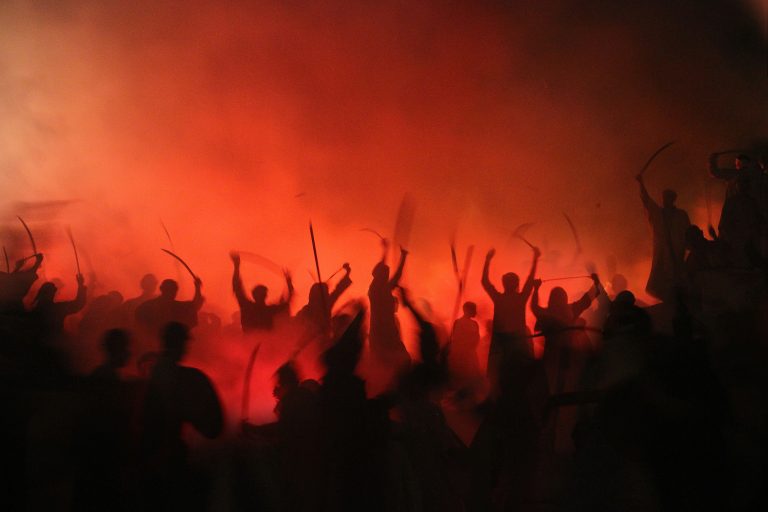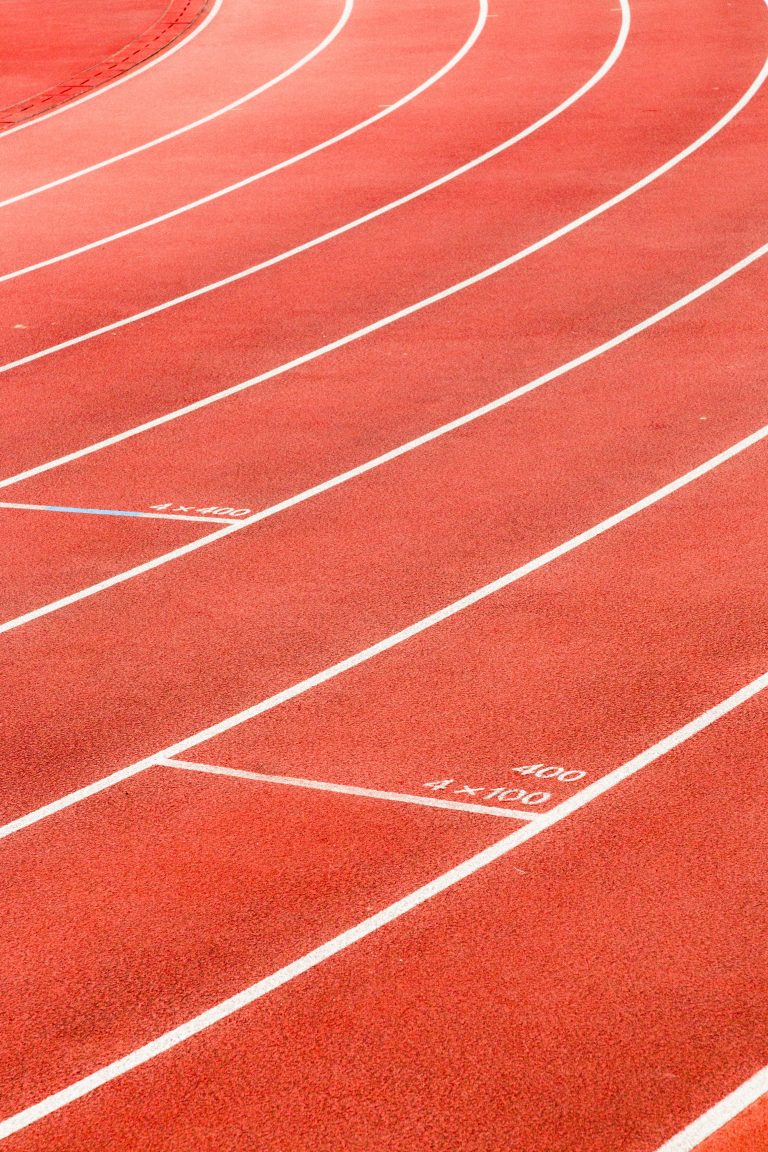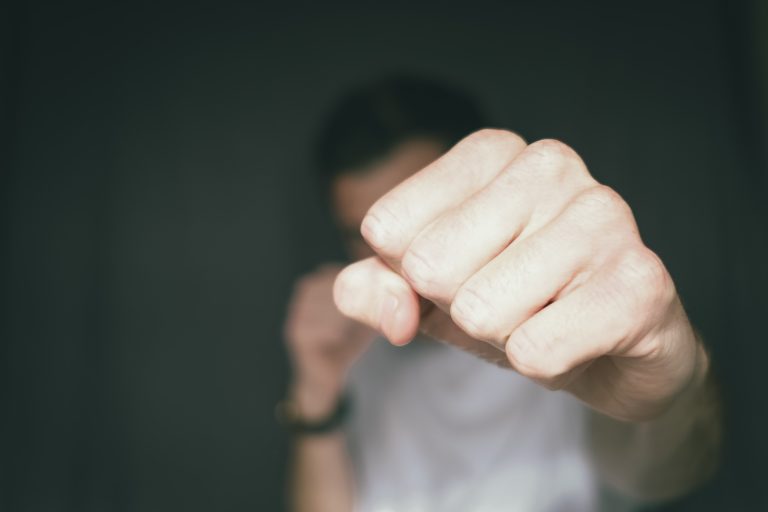Shotokan Karate Belts in Order: Understanding the Karate Ranking System
If you’re new to Shotokan Karate, the ranking system may seem confusing. The colored belts signify where students are in their training, and they progress up the ranks as they learn new techniques and gain experience. There are nine different colored belts in Shotokan Karate, each representing a different level of proficiency in the practice. In this blog post, we will go through the Shotokan Karate Belts in order and explain what each one means.
What is Shotokan Karate?
Shotokan Karate is a style of Japanese martial art that places emphasis on strong, linear techniques and powerful strikes. Created by Gichin Funakoshi in the 1930s, it has become one of the most popular karate styles in the world. Shotokan Karate is noted for its combination of footwork, breathing techniques, and defensive moves.
Shotokan Karate Belts in Order
Here are the Shotokan Karate Belts in order, from beginner to mastery:
White Belt (11th to 10th Kyu)
The starting rank for all beginners in Shotokan Karate is the white belt. It represents purity, innocence, and a blank slate to learn from. Novice students wear this belt until their first belt promotion. In Shotokan Karate, the equivalent of Dan in other martial arts is Kyu.
Yellow Belt (9th to 8th Kyu)
The yellow belt is earned by students that have completed the first few months of their training. It symbolizes growth, as students have learned the foundational techniques to begin their journey in Shotokan Karate.
Orange Belt (7th to 6th Kyu)
An orange belt is earned by students who have further advanced in their training, demonstrating an increased level of proficiency. Students who have received this rank have gained the knowledge of fundamental techniques and their applications.
Green Belt (5th to 4th Kyu)
Students with a green belt have honed their skills and have started to specialize in more advanced techniques. This belt represents growth and readiness to face higher challenges.
Blue Belt (3rd to 2nd Kyu)
At this level, students have a greater understanding of the philosophy and ideals surrounding karate. The blue belt represents the sky, which is vast and limitless, just like the potential of students at this level.
Brown Belt (1st Kyu)
The brown belt is the last Kyu belt a student can earn before reaching the highest rank in Shotokan Karate. Students with a brown belt have a comprehensive understanding of Shotokan Karate concepts and the ability to perform advanced techniques and combinational moves.
Black Belt (1st Dan)
The Black Belt is the most well-known symbol of mastery in martial arts. Black belts denote that the student has achieved a level of knowledge and expertise, but this is just the beginning, as Shotokan Karate offers a wide range of Dan levels.
Dan Levels (2nd Dan or Higher)
After earning the black belt, there are nine additional levels known as Dan levels available to Shotokan Karate students, each requiring additional training and experience. The highest level attainable by any Shotokan Karate student is 10th Dan, a rank held only by a handful of individuals worldwide.
Frequently Asked Questions About Shotokan Karate Belts in Order
If you are starting to practice Shotokan Karate, you may have questions about the belt ranking system. The belt system is used to represent your progress as you learn new techniques and principles of the martial art. It is a way to visually indicate your level of expertise and also serves as a motivation to keep pushing forward. Here are some frequently asked questions and answers you may find useful.
What is the order of Shotokan Karate belts?
The Shotokan Karate belt order begins with the white belt, followed by the yellow, orange, green, blue, purple, brown, and black belts. Most Shotokan Karate dojos have ten levels of kyu (trainee/student) ranks, followed by the dan (expert/master) ranks. The white belt represents a beginner level, while the black belt represents mastery in the martial art.
How long does it take to get a black belt in Shotokan Karate?
The time it takes to get a black belt in Shotokan Karate varies depending on the martial artist’s commitment, dedication, and training frequency. Students are recommended to train between 2 to 3 times per week and have consistent attendance. On average, it can take between three to five years to earn a black belt in Shotokan Karate.
What is the significance of each belt color?
Each Shotokan Karate belt represents a level of mastery and knowledge attained in the art. The white belt symbolizes purity and innocence, while the yellow belt symbolizes the first steps taken toward gaining your knowledge in the martial art. The orange belt represents new growth, and the green belt represents growth and development. The blue belt represents the sky or the horizon, and the purple belt represents stability and maturity gained through consistent practice. The brown belt represents a deepening understanding of the art and the last stretch before reaching the goal of the black belt. The black belt represents mastery and a deep understanding of the principles and techniques of the martial art.
Can I skip ranks?
The Shotokan Karate ranking system requires students to earn each belt rank in sequence, from white to black belt, without skipping ranks. Skipping ranks in Shotokan Karate is generally not recommended as it means missing out on the knowledge, skills and experience gained during the lower ranks, which is fundamental in progressing in the art.
How do I know when I am ready to test for the next belt rank?
Your Sensei or instructor will let you know when you are ready to test for the next belt rank, usually based on demonstrated proficiency during practice and performance assessment during promotions. Consistent attendance, attitude, and effort are essential in determining whether a student is ready to take the next step in their Shotokan Karate journey.
What is the difference between the kyu and dan ranks?
The kyu ranks indicate a student’s level of proficiency or skill level, while the dan ranks indicate a student’s level of achievement or accomplishment in the martial art. Kyu ranks are structured to help students gradually learn and progress, while Dan ranks indicate a higher and more refined level of skill and knowledge in the art.
Why is the black belt considered the ultimate goal in Shotokan Karate?
The black belt in Shotokan Karate represents mastery of the martial art, coupled with competent skills, knowledge, and experience. Achieving a black belt requires a long-term commitment to learning and practicing the art and shows hard work, dedication, and a strong passion for the martial art. Therefore it is considered the ultimate goal in Shotokan Karate.
In conclusion, understanding the Shotokan Karate belt system is essential for any martial artist practicing this art. It is essential to note that Shotokan Karate is a journey and not a destination, and earning the higher belt ranks should only be viewed as milestones in your martial art journey. The key to success in Shotokan Karate, like any other martial art, is regular practice, effort and discipline, and the willingness to learn and grow continually.
What is Shotokan Karate?
Shotokan karate is a martial art that originated in Japan. It was developed by Gichin Funakoshi in the early 20th century and is now one of the most widely practiced styles of karate. Shotokan karate emphasizes strong stances, punches, and kicks as well as fluid movements and breathing exercises.
What are the different Shotokan Karate Belts?
Shotokan karate has a ranking system that consists of colored belts, with each belt representing a different level of skill and experience. There are ten different belt colors that a practitioner can achieve, starting with white and ending with black. Below is the order of Shotokan karate belts:
White Belt
The white belt is the starting point for all new students. At this stage, the emphasis is on learning the basic techniques and principles of Shotokan karate.
Yellow Belt
After achieving a basic understanding of the techniques, students move on to the yellow belt. This belt represents a commitment to continued learning and dedication to the practice of Shotokan karate.
Orange Belt
The orange belt is achieved when students have demonstrated proficiency in the basic techniques and are ready to move on to more advanced techniques.
Green Belt
The green belt represents a significant step in a practitioner’s journey. It is at this point that students start to develop their personal style and deepen their understanding of the art.
Blue Belt
After mastering the green belt level, students move on to the blue belt. At this point, students are expected to have a strong foundation and are ready to learn more complex and challenging techniques.
Purple Belt
The purple belt is achieved when a student has demonstrated a high level of skill and dedication to the practice of Shotokan karate. Students at this level are considered to be advanced practitioners.
Brown Belt
The brown belt is the highest level before achieving the coveted black belt. At this level, students are expected to have mastered all of the basic techniques and be proficient in a range of advanced techniques.
Black Belt
The black belt is the ultimate goal for many practitioners of Shotokan karate. Achieving a black belt requires a great deal of time, dedication, and hard work. It represents mastery of the art and a deep understanding of its principles.
How long does it take to achieve a Shotokan Karate Black Belt?
There is no one answer to this question, as the time it takes to achieve a black belt in Shotokan karate depends on a variety of factors. These may include the level of dedication and discipline of the student, their natural ability, and the quality of instruction they receive. On average, it may take anywhere from 3 to 5 years to achieve a black belt in Shotokan karate.
What are the benefits of achieving a Shotokan Karate Black Belt?
Beyond the physical benefits of learning self-defense techniques and improving strength and flexibility, achieving a black belt in Shotokan karate can have many positive effects on a person’s life. These may include increased self-awareness and self-confidence, improved focus and mental clarity, and a greater sense of discipline and dedication.
Conclusion
Shotokan karate is a martial art that is known for its discipline and focus on strong techniques. Each belt represents a stage in a practitioner’s journey towards mastery of the art. While achieving a black belt may take several years of dedicated practice, the benefits of doing so can be significant in many areas of a person’s life.
Inhaltsverzeichnis




